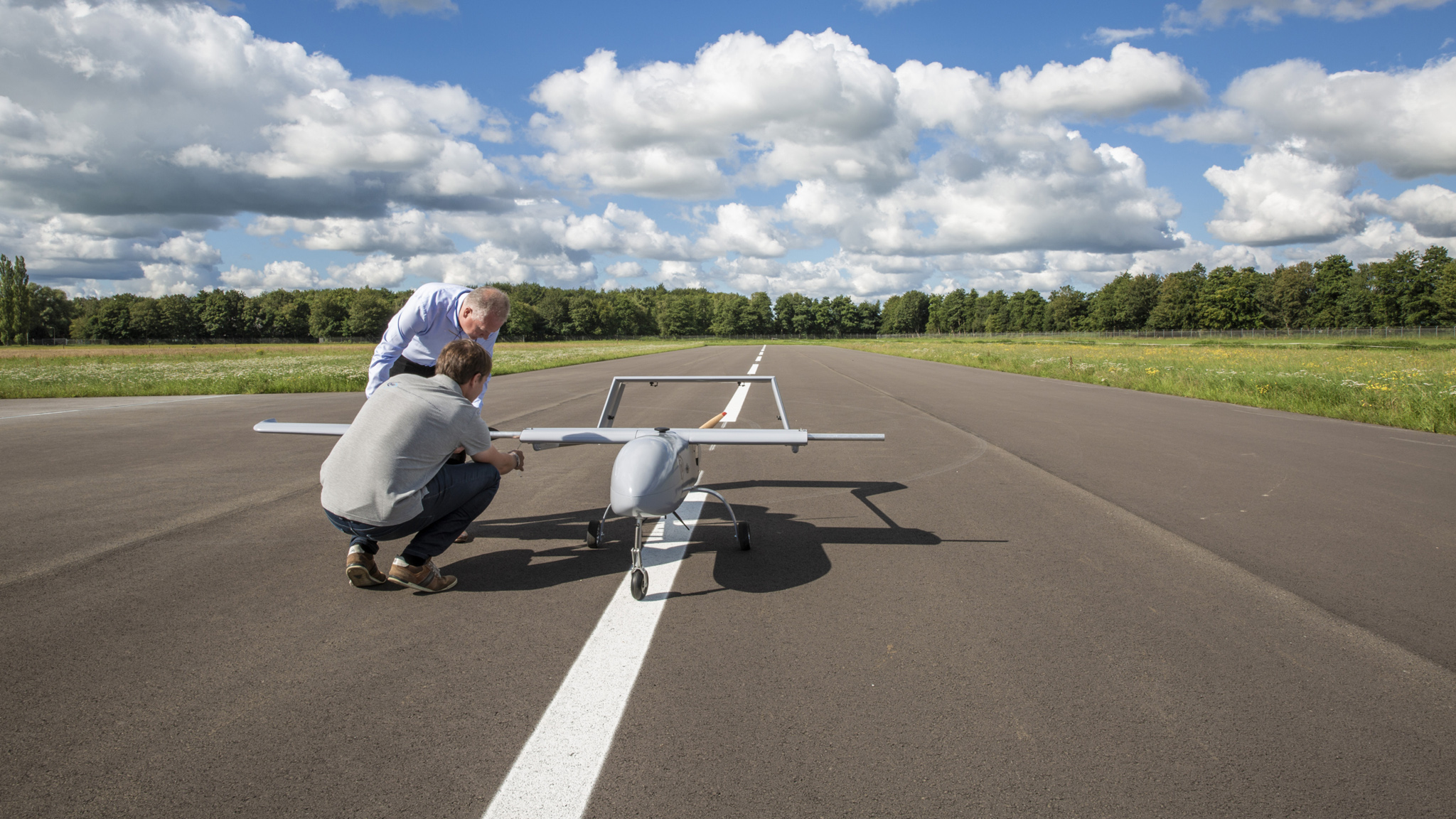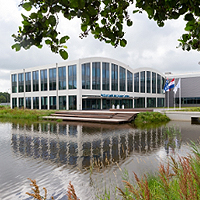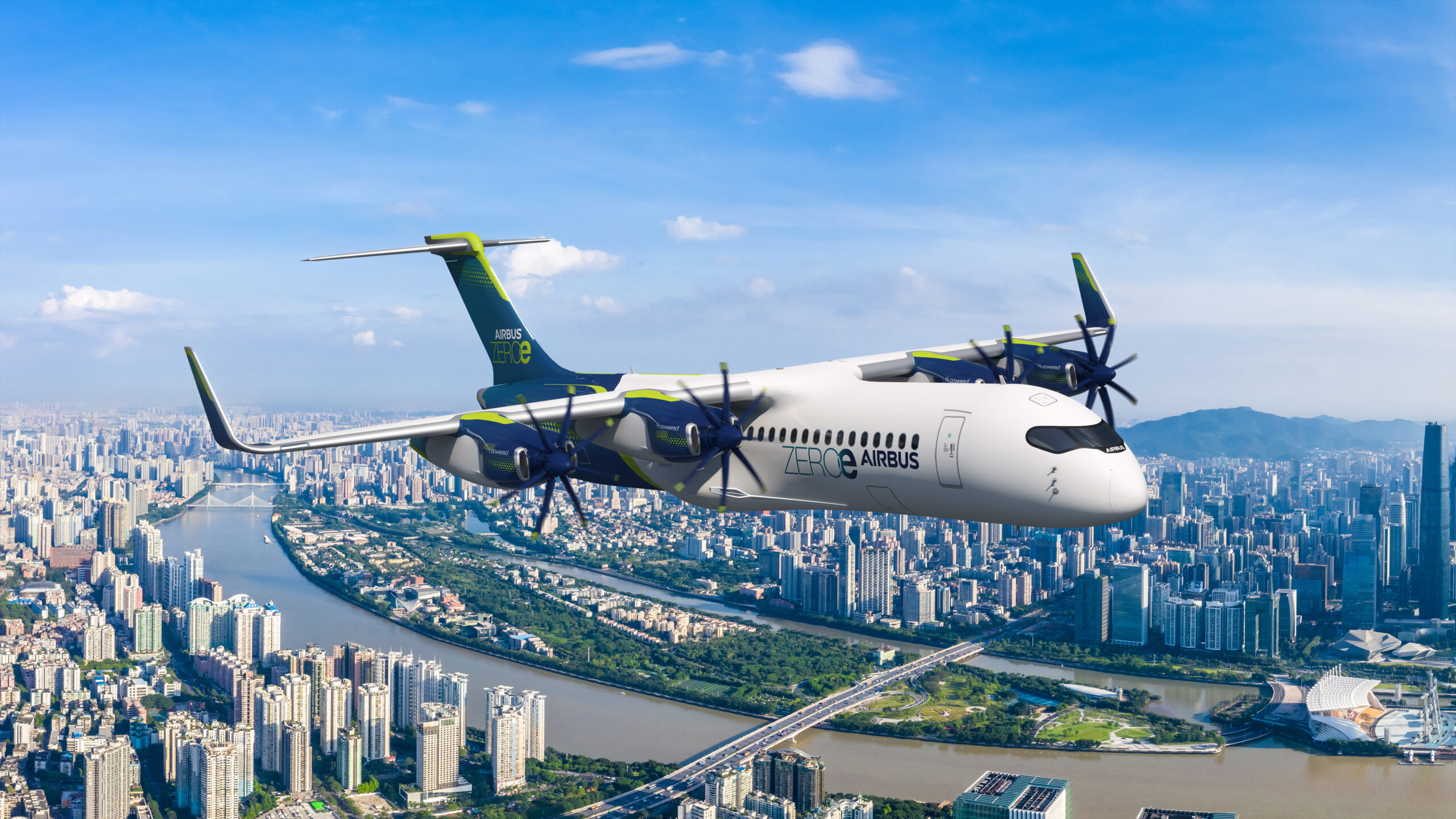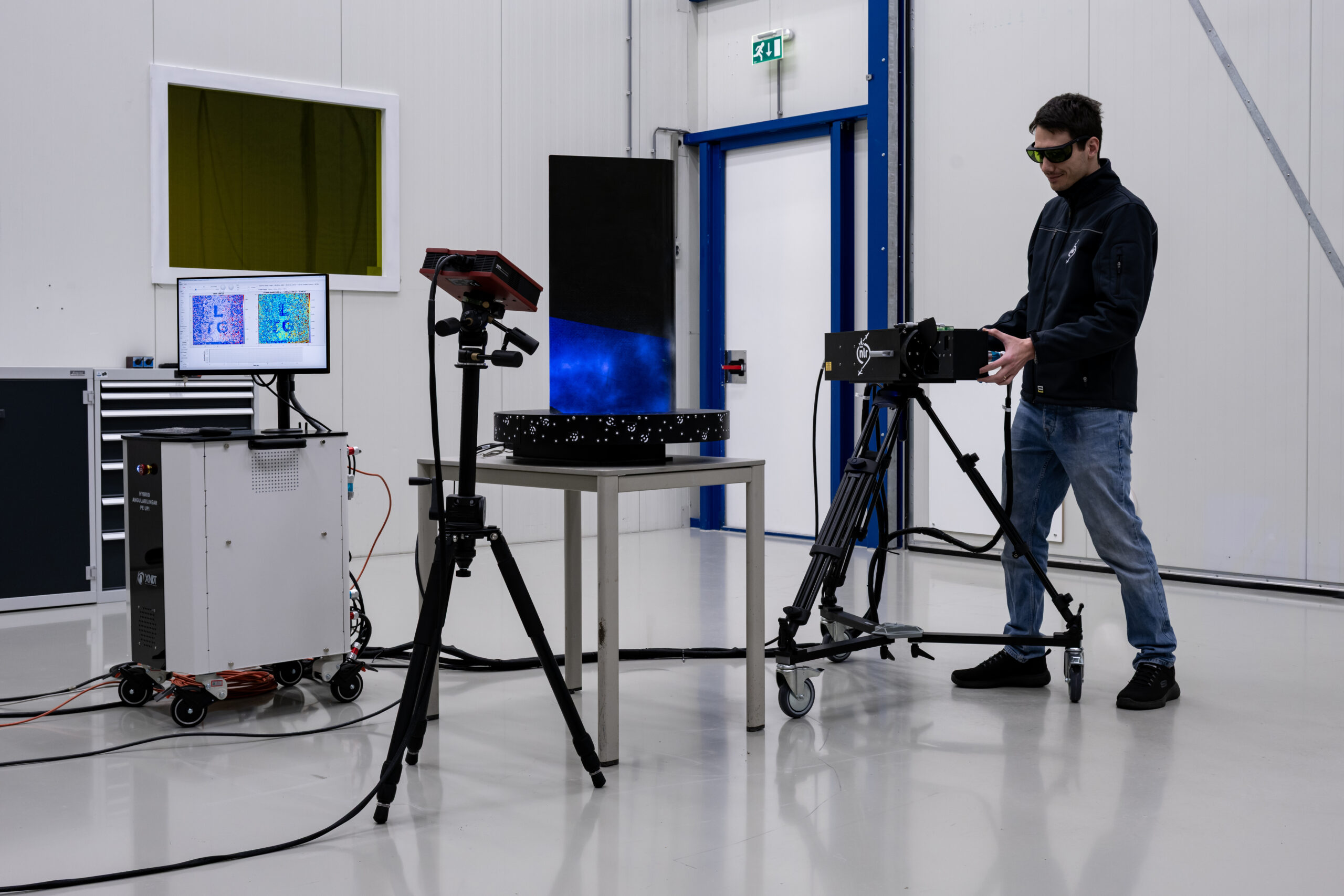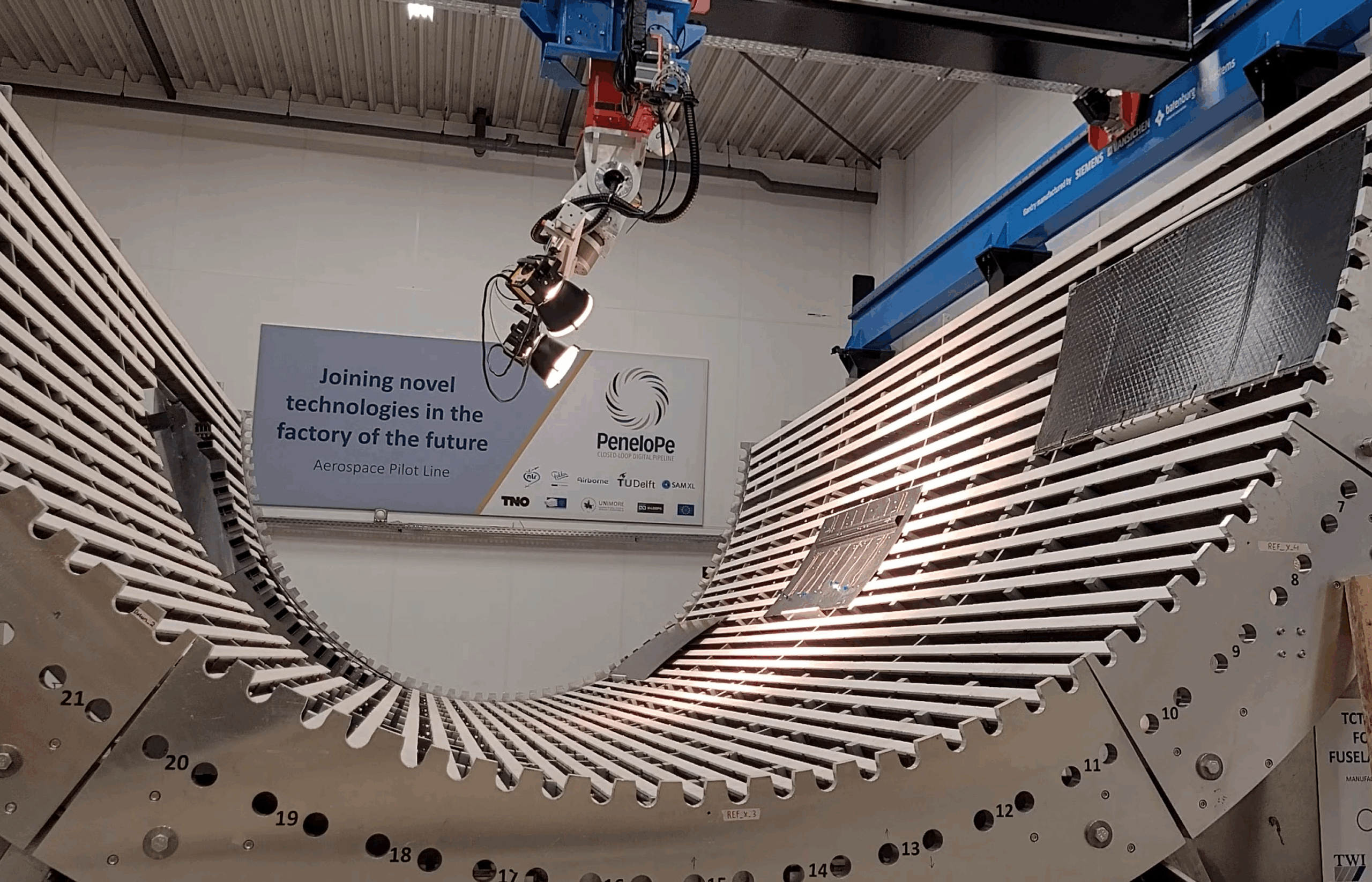Urban Air Mobility (UAM) promises to be the next mobility revolution, enabling faster, more efficient and sustainable transport solutions (such as flying taxis and other large drones) throughout urban areas. But there are a number of challenges that need to be overcome for UAM to become a reality. These include the organisation of the lower-level airspace, the scale-up of operations in a safe way, integration with ATM, the development of an architecture that can support operations and public acceptance.
The challenge
A lack of harmonised standards is holding back the development of drone-related business, both at a global level and in Europe. This project aims to address this gap by providing a framework for harmonising drone standards, to support the ongoing EU regulatory process through an open repository containing structured information about technical rules, procedures and standards for drones worldwide, including applicability to different Specific Assurance and Integrity Levels and U-Space services.
The solution
Create a ‘metastandard’ – providing an overview of the standards by collecting information about ongoing and planned work in terms of technical and operational standards developed for drones worldwide. These are to be assessed/benchmarked to identify best practices, gaps, bottlenecks and applicability. Based on these, a well-reasoned set of standards to support the SORA process and U-Space can be proposed, as well as gaps identified. This can only be done by engaging with key stakeholders and end-users, i.e. representatives of the entire drone value chain.
What did we do?
Within the project, NLR developed a methodology to structure and assess the collected technical rules, standards and procedures systematically. The methodology and criteria for their assessment have also been developed to enable the identification of the technical standards (and supporting rules and procedures) with the highest ranking (best practices), as well as the identification of gaps and
bottlenecks to ensure safe drone operations. In the subsequent actual assessments, NLR focused on standards for multi-crew coordination and inspection of the UAS (product inspection), to ensure consistency in the ConOps and overall consistency throughout the various assessments. NLR provided the final recommendations to EASA.
Project partners:
Industry: NTT Data (project lead), Boeing, Jeppesen, CATEC, Airbus, Ehang, AirHub, Space53, Altitude Angel
Research organisations: Royal NLR (demonstrations project lead), ITG, Enaire, Tecnalia, Ineco, ANRA, Cranfield University
